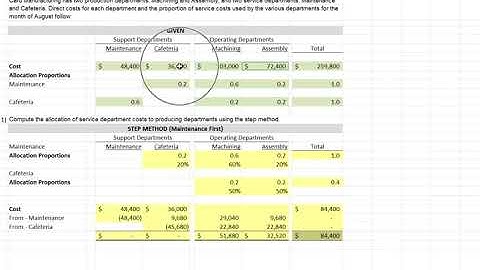Value Chain vs. Supply Chain: An OverviewThe term value chain refers to the process in which businesses receive raw materials, add value to them through production, manufacturing, and other processes to create a finished product, and then sell the finished product to consumers. A supply chain represents the steps it takes to get the product or service to the customer, often dealing with OEM and aftermarket parts. Show
While a supply chain involves all parties in fulfilling a customer request and leading to customer satisfaction, a value chain is a set of interrelated activities a company uses to create a competitive advantage. Key Takeaways
Value ChainThe idea of a value chain was pioneered by American academic Michael Porter in his 1985 book Competitive Advantage: Creating and Sustaining Superior Performance. He used the idea to show how companies add value to their raw materials to produce products that are eventually sold to the public. The concept of the value chain comes from a business management perspective. Value chain managers look for opportunities to add value to the business. They may look for ways to cut back on shortages, prepare product plans, and work with others in the chain to add value to the customer. There are five steps in the value chain process. They give a company the ability to create value exceeding the cost of providing its goods or services to customers. Maximizing the activities in any one of the five steps allows a company to have a competitive advantage over competitors in its industry. The five steps or activities are:
In order to help streamline the five primary steps, Porter says the value chain also requires a series of support activities. These include procurement, technology development, human resource management, and infrastructure. A profitable value chain requires connections between what consumers demand and what a company produces. Simply put, the connection or sequence in the value chain originates from the customer's request, moves through the value chain process, and finally ends at the finished product. Value chains place a great amount of focus on things such as product testing, innovation, research and development, and marketing. Supply ChainThe supply chain comprises the flow of all information, products, materials, and funds between different stages of creating and selling a product to the end user. The concept of the supply chain comes from an operational management perspective. Every step in the process—including creating a good or service, manufacturing it, transporting it to a place of sale, and selling it—is part of a company's supply chain. The supply chain includes all functions involved in receiving and filling a customer request. These functions include:
Supply chain management is an important process for most companies and involves many links at large corporations. For this reason, supply chain management requires a lot of skill and expertise to maintain. The main stakeholders in value chains are shareholders and investors, while supply chain partners are crucial stakeholders in the supply chain. While many people believe logistics—or the transportation of goods—to be synonymous with the supply chain, it is only one part of the equation. The supply chain involves the coordination of how and when products are manufactured along with how they are transported. The primary concerns of supply chain management are the cost of materials and effective product delivery. Proper supply chain management can reduce consumer costs and increase profits for the manufacturer. What group is at the center of all marketing efforts?As the purchasers of the products that organizations develop, promote, distribute, and price, customers are the focal point of all marketing activities. The essence of marketing is to develop satisfying exchanges from which both customers and marketers benefit.
What is included in a firm's Macroenvironment?the major uncontrollable, external forces (economic, demographic, technological, natural, social and cultural, legal and political) which influence a firm's decision making and have an impact upon its performance.
Which demographic factors can help predict consumer buying patterns?One way that marketers look at consumer behavior is by analyzing demographics. Knowing statistics such as age, income and education level can help predict behavior. For example, a 2022 survey of buyer preferences found that millennials respond best to word-of-mouth recommendations.
Which of the following are factors that affect consumers immediate environment?In the immediate environment, the first factor that affects the consumer is the firm itself. Successful marketing firms focus on satisfying the customer needs that match their core competencies.
|

zusammenhängende Posts
Werbung
NEUESTEN NACHRICHTEN
Werbung
Populer
Werbung

Urheberrechte © © 2024 ketiadaan Inc.


















